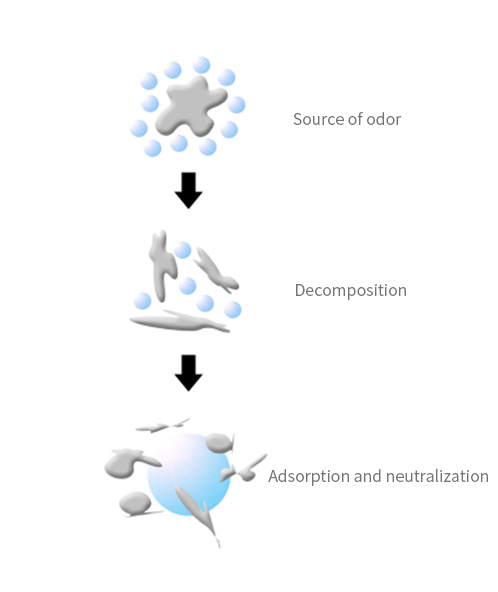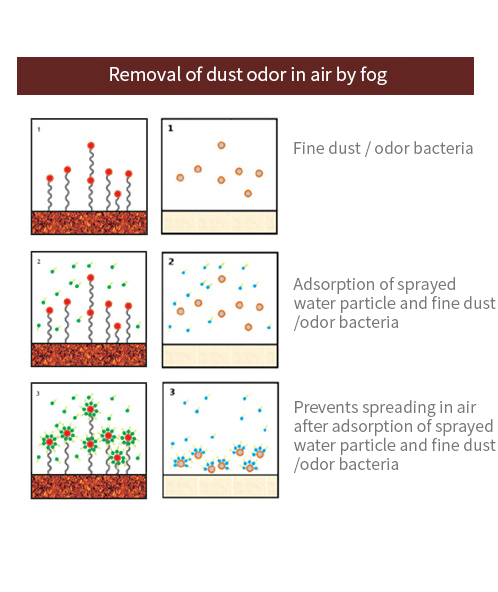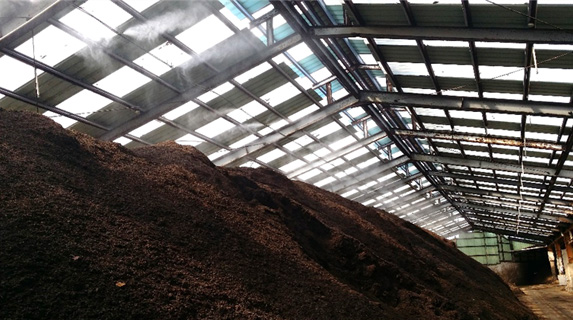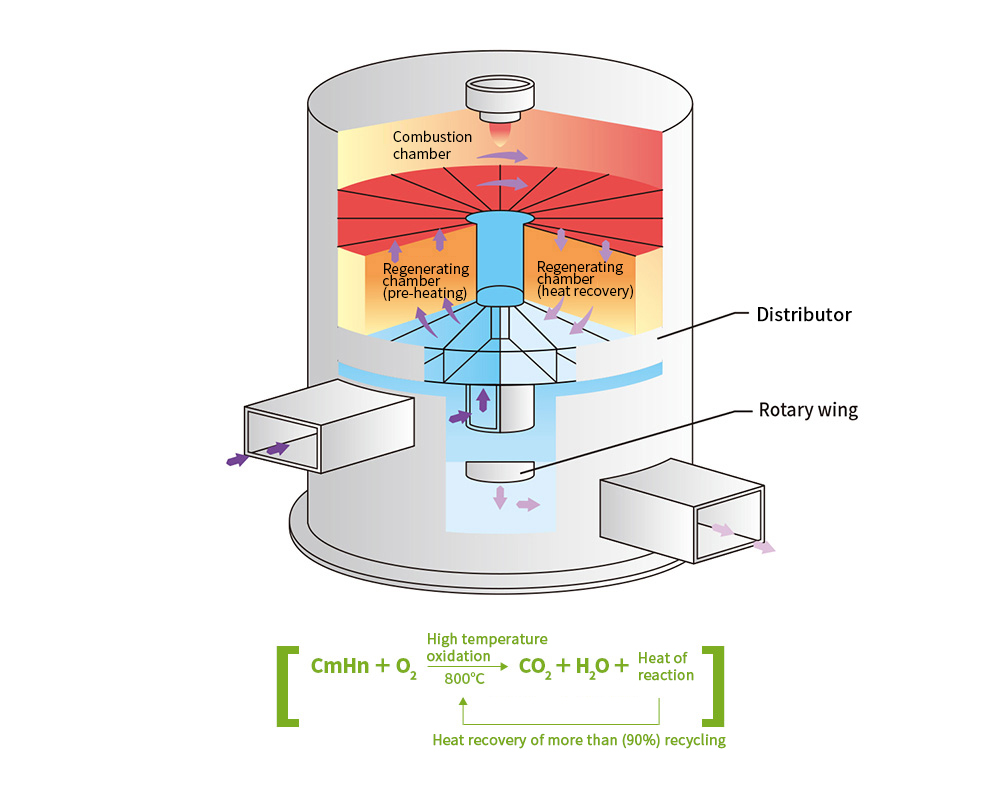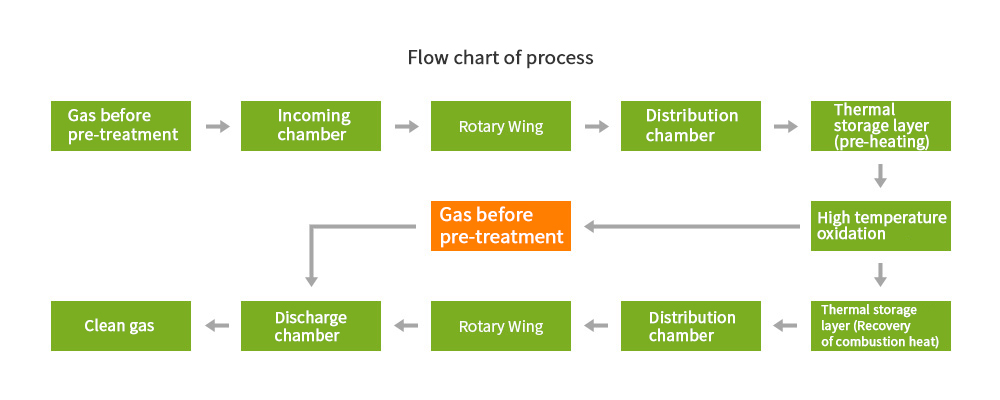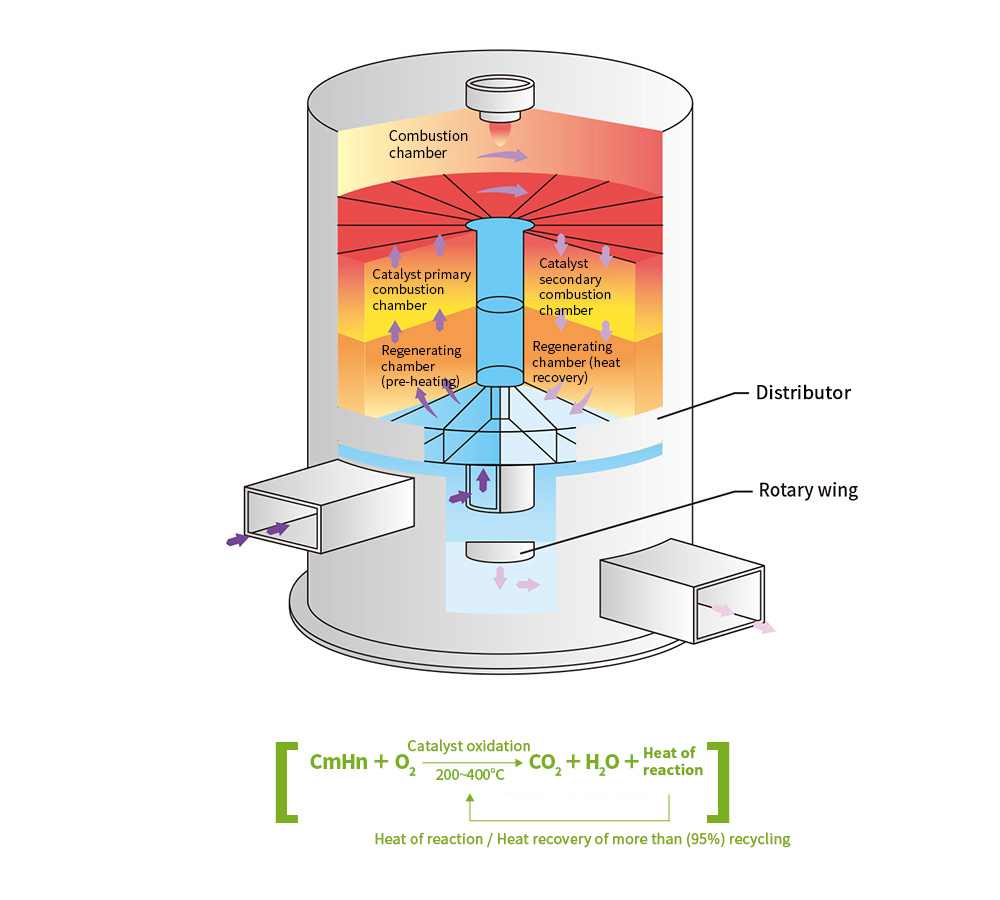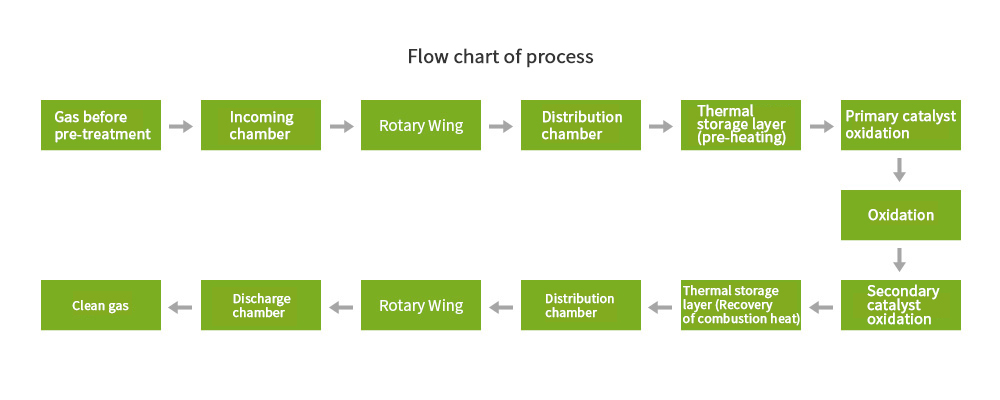Business
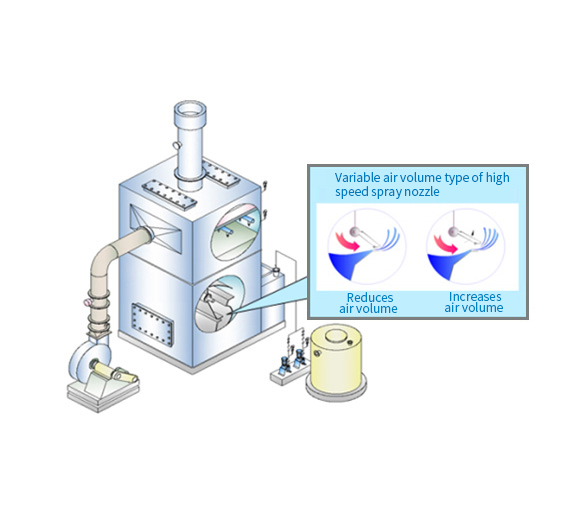
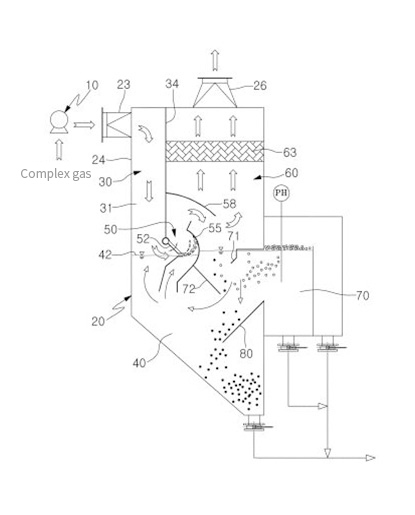
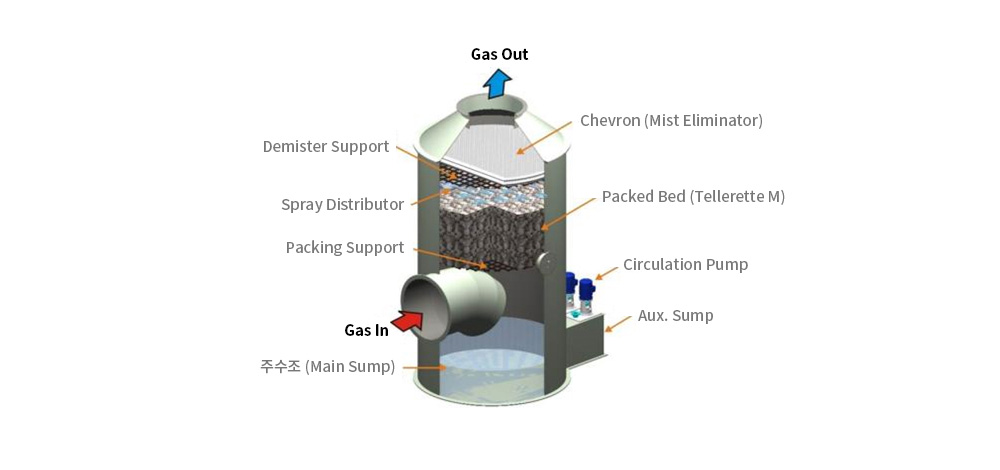
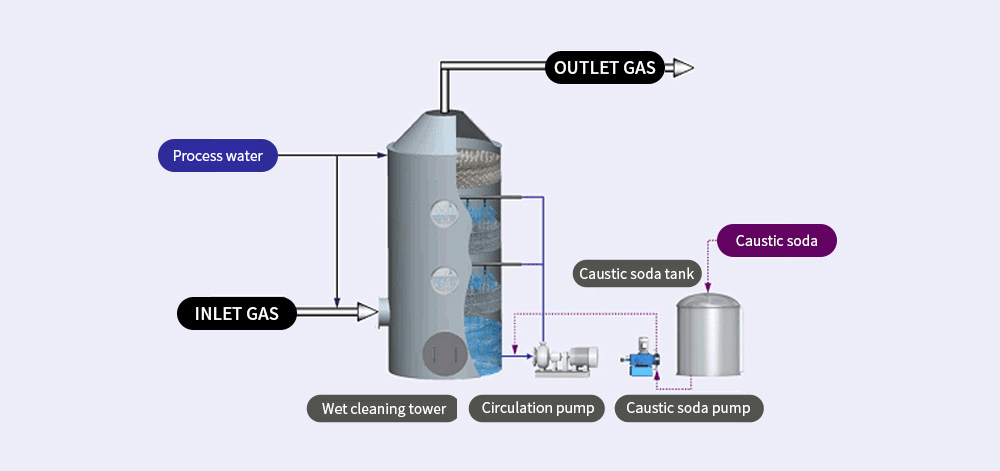
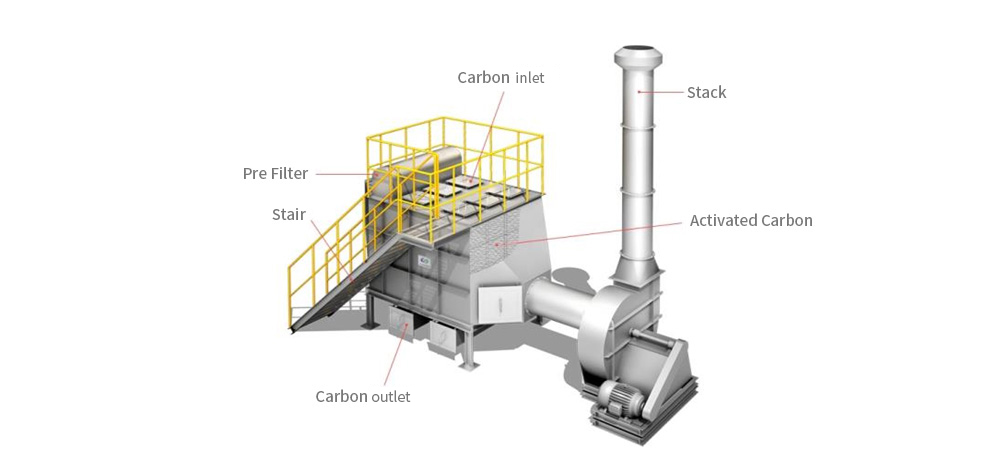
| Adsorbent | Purpose |
|---|---|
| Activated carbon | Solvent recovery, odor removal, gas purification (most widely used) |
| Alumina | Drying of gas, air and liquid |
| Bauxite | Oil removal of petroleum, drying of gas and solution |
| Bone char | Bleaching of sugar |
| Decoloring carbon | Removal of oil, pigment, oil and wax, bleaching of beverage |
| Fuller’s earth | Refinement of lubricant, fat and wax |
| Magnesia | Gasoline and solvent refinement |
| Silica gel | Removal of impurities among caustic soda solution |
| Strontium sulfate | Drying and refinement of gas, removal of iron within caustic soda solution |
